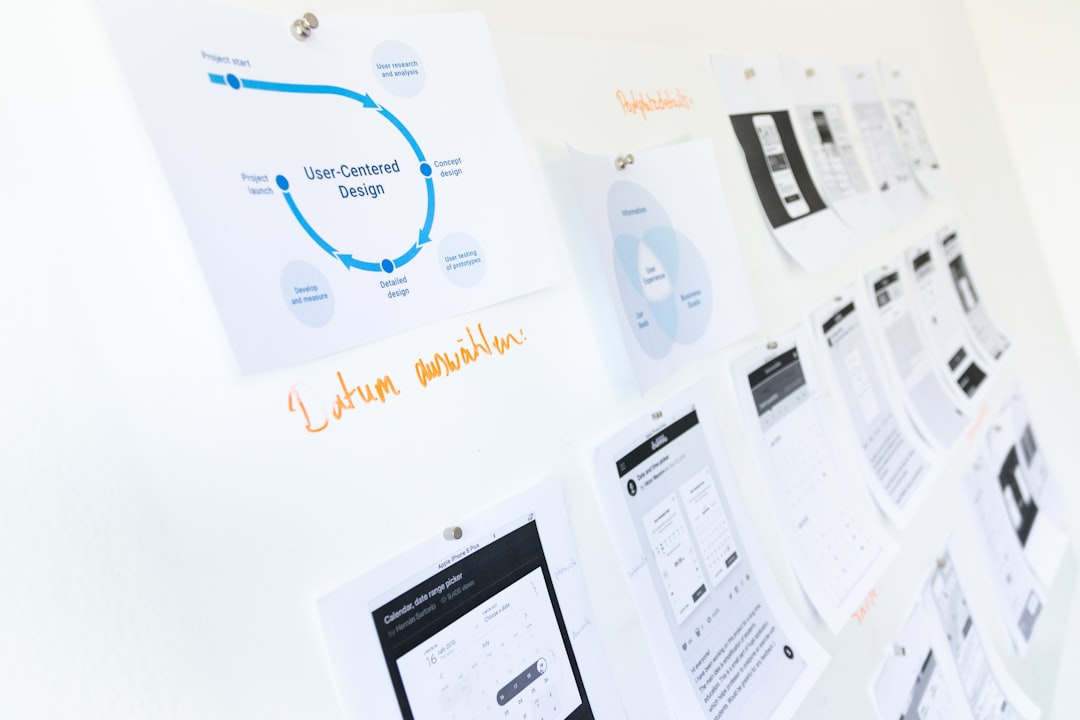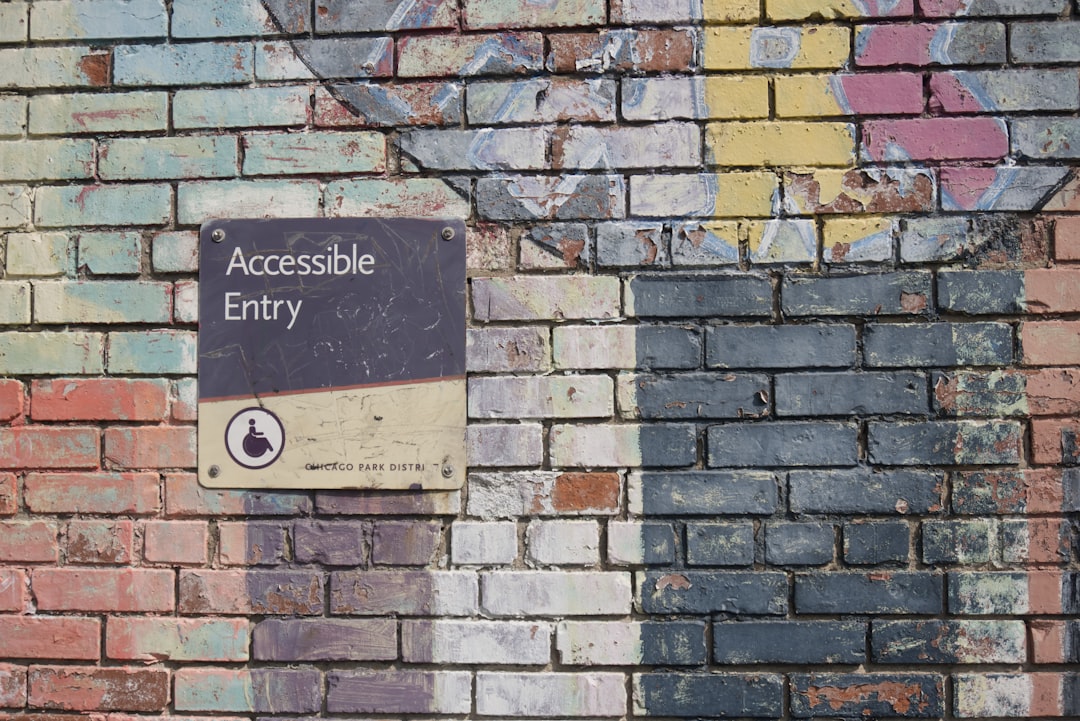
The Hidden Power of AI in Web Design No One Is Talking About (Until Now)
When most people talk about artificial intelligence (AI) in web design, they usually focus on the obvious: chatbots, code generation, and automated layouts. But beneath the surface lies a deeper, more transformative layer of AI-driven capability that is quietly revolutionizing the digital design landscape. This layer isn’t just about speeding up development or generating visuals. It’s about using machine intelligence to make smarter decisions, create intuitive user experiences, and craft design systems that adapt and evolve without human intervention.
So what exactly is this hidden power of AI in web design? It’s the unseen intelligence that turns a static design process into a dynamic and predictive system—one that learns from users, anticipates needs, and delivers personalized digital experiences at scale. Let’s unpack how this is working today and why more people should be paying attention.
Contents
The Unseen Impact of Predictive UX
One of the most significant, yet least discussed, applications of AI in web design is its ability to power predictive user experience (UX). Traditional UX is based on research and user feedback, which are time-consuming, costly, and often limited in scope. With AI, designers can harness real-time behavioral data from thousands of users to identify patterns and anticipate user needs.
Examples include:
- Adapting layouts based on the time of day or location
- Recommending content or features based on previous interactions
- Rearranging navigation menus to fit usage trends
This level of intelligence leads to interfaces that aren’t just usable — they feel personalized and intuitive, even if it’s a user’s first visit.

Adaptive Design Systems: Learning and Evolving
A second hidden power of AI in web design lies in the creation of adaptive design systems. Unlike traditional design systems that rely on manual updates and governance, AI-enhanced systems can learn from user interactions and automatically refine style guides, components, and layout logic.
Consider a design system that analyzes performance metrics of various UI components and suggests which ones to phase out or improve based on user engagement data. Suddenly, your design guidelines aren’t just trailing behind user behavior—they’re proactively trying to stay ahead of it.
This autonomy not only improves performance but also helps maintain consistency in large-scale digital operations where managing hundreds of design variants manually is virtually impossible.
The Role of AI in Accessibility and Inclusivity
While automation and prediction grab headlines, one of AI’s most impactful roles in web design is in promoting accessibility. Advanced AI models can analyze a website and automatically suggest improvements that align with WCAG (Web Content Accessibility Guidelines). These tools can:
- Detect and correct poor color contrast issues
- Identify non-descriptive alt text or missing ARIA labels
- Generate accessible components based on usage patterns
Accessibility isn’t just a compliance matter; it’s a user experience imperative. AI ensures inclusivity without requiring exhaustive manual effort, allowing teams to scale accessible design by default rather than as an afterthought.

The Quiet Revolution: AI-Driven Emotion Analysis
Have you ever considered that a website might adapt its design based on your emotional state? AI makes this possible through sentiment analysis and emotion recognition technologies, pulling signals from user interactions, scrolling speed, dwell time, and even facial expression (when permitted).
This capability allows web designs to become empathic. It opens opportunities for gentle nudges when frustration is detected or celebratory animations when goals are achieved — all while refining the interface in response to how users feel, not just what they click.
It’s subtle, powerful, and a defining piece of the future of empathetic digital design.
Why This Matters Now — And What Comes Next
The growing complexity of digital experiences demands systems that can do more than execute commands—they must understand context, adapt on the fly, and maintain a consistent brand experience across an expanding set of devices and platforms. The hidden power of AI in web design is that it enables exactly this — not through flashy gimmicks, but through intelligence, adaptability, and foresight.
Looking ahead, here’s where the future is pointing:
- Hyper-personalized interfaces that rebuild real-time for each user
- AI copilots for designers, offering not just suggestions but rationale
- Holistic A/B testing where AI runs—and evolves—test variants without human prompts
For those who embrace these hidden powers now, the reward is clear: more efficient processes, more meaningful user experiences, and a strategic advantage in an increasingly crowded digital marketplace. For those who don’t, the gap is only going to widen.
This isn’t just about designing faster. It’s about designing smarter, more human experiences powered by intelligence that never sleeps.
